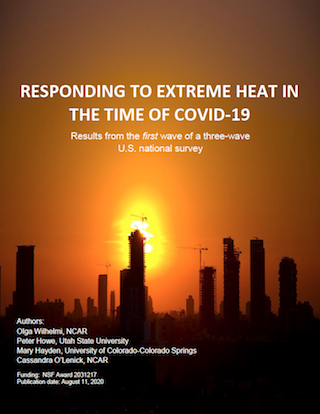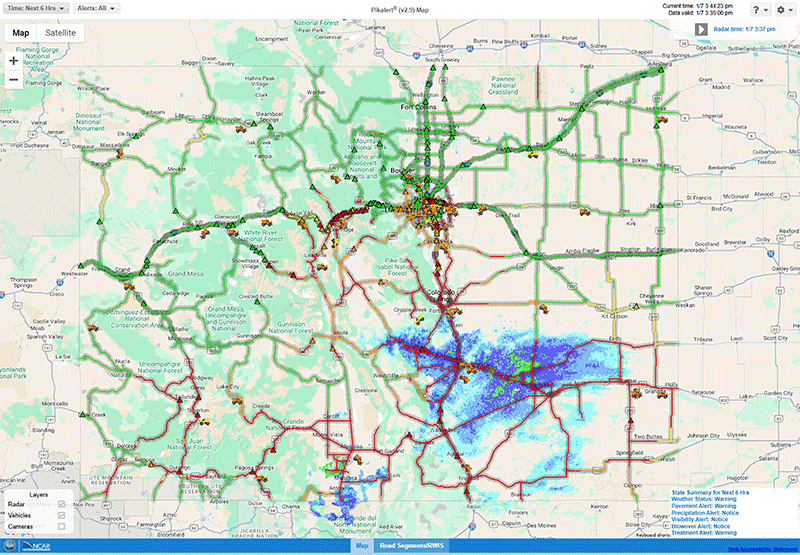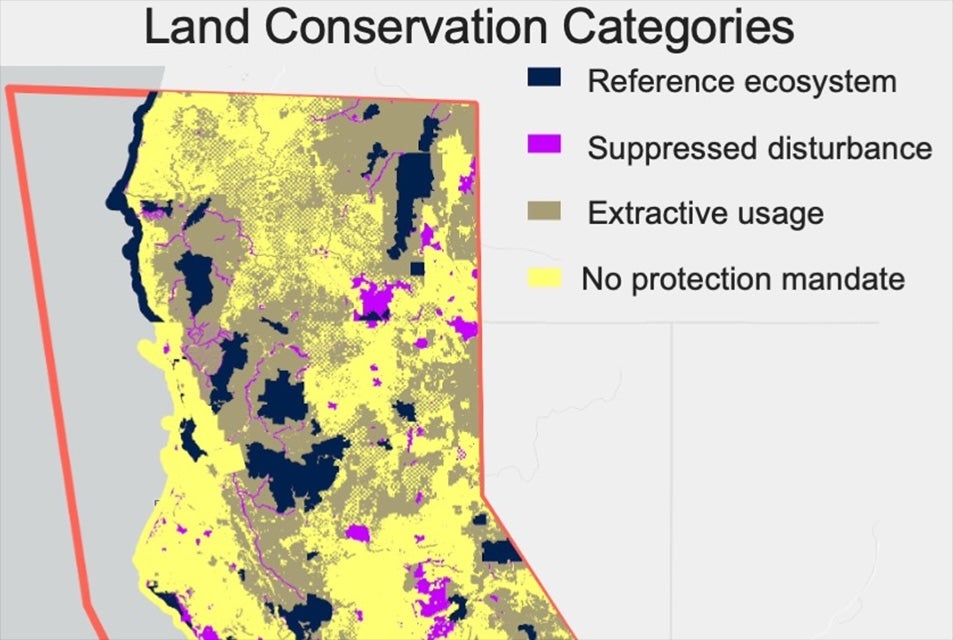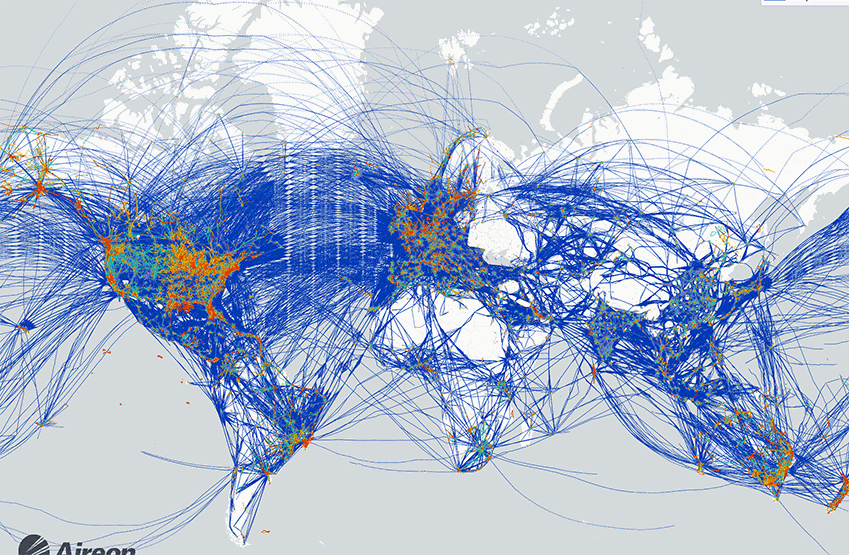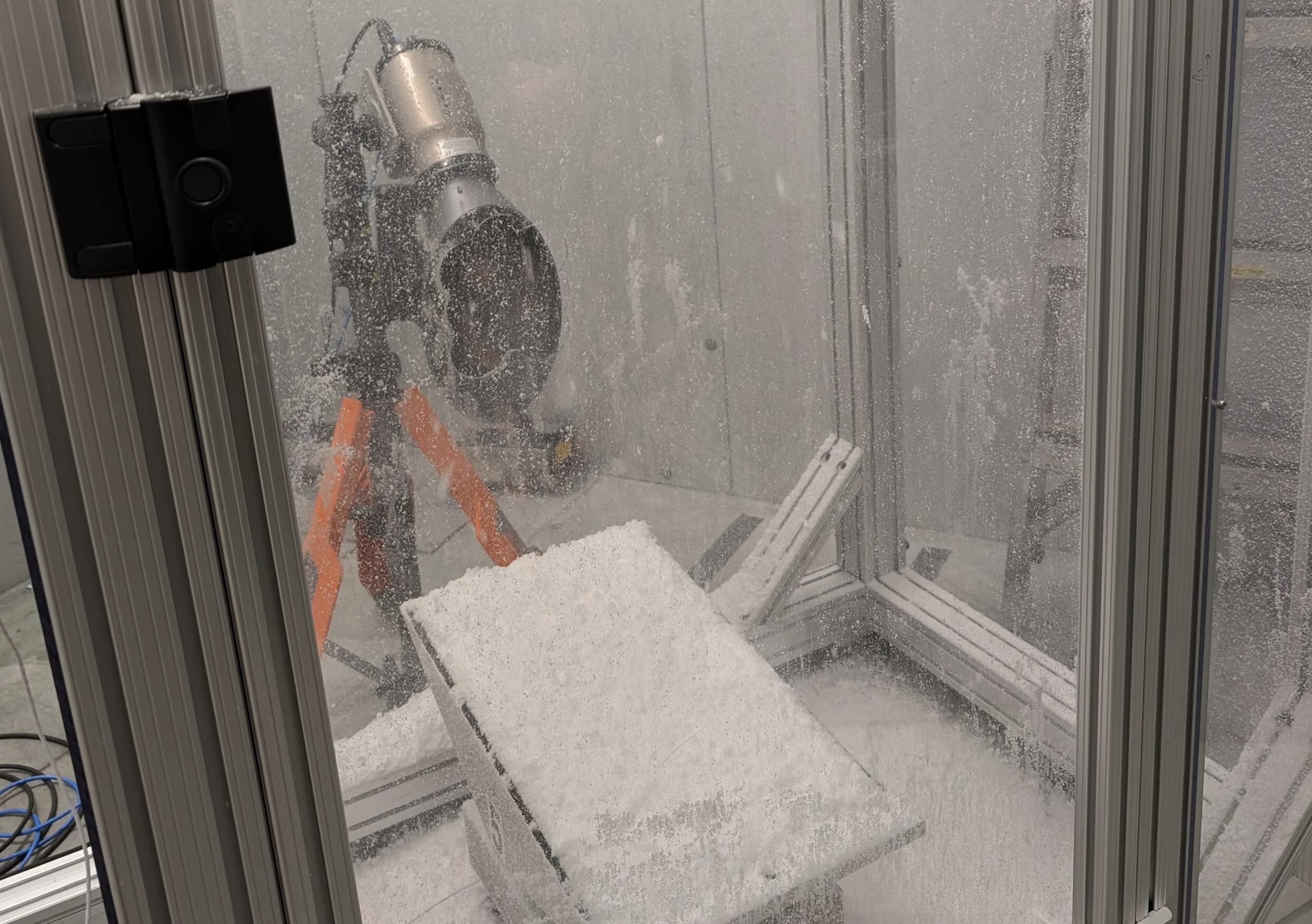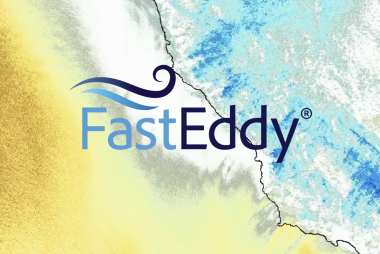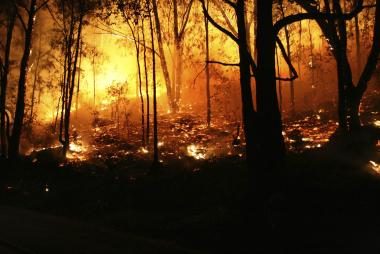Results from the First Wave of a Three-Wave U.S. National Survey
Responding to Extreme Heat in the Time of COVID-19
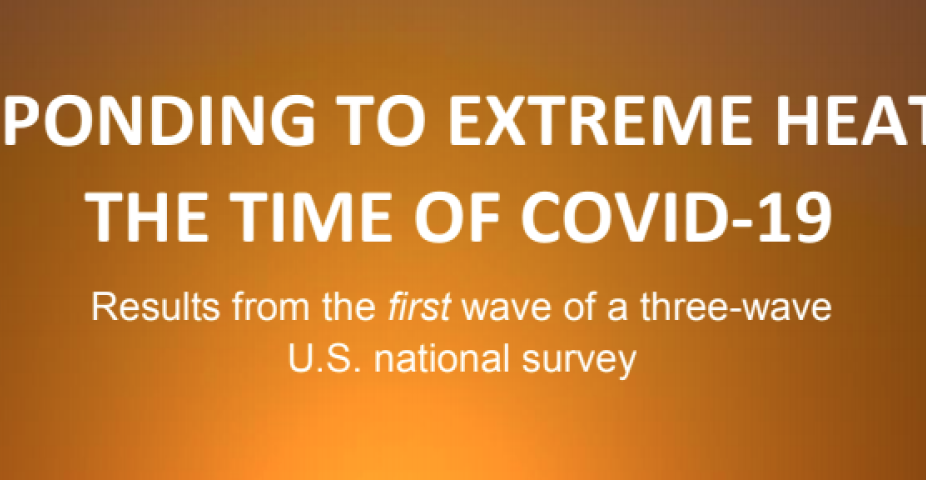
Responding to extreme heat conditions during the COVID-19 pandemic could place many vulnerable populations at further risk during the warm summer months when many people leave their houses to escape the heat and visit cooling centers and other public spaces. People's vulnerability is likely to vary over time and space, shifting with the extent of exposure to extreme heat, differences in policy and community response, and disease pressure from COVID-19. By assessing experiences, risk perceptions, behaviors, and perceived ability to respond to these conditions, this project aims to improve the understanding of how people cope with and adapt to multiple evolving hazards.
This project develops new knowledge about the interactions among people, their environment, and multiple evolving hazards, and contributes to broader efforts to understand and reduce population health risks from extreme weather events during a global pandemic. This research examines how extreme weather conditions, COVID-19, local policies, and environmental and socio-demographic characteristics affect the public’s risk perceptions, behaviors, and ability to take protective measures. The research design includes a three-wave georeferenced nationally representative survey combined with spatially explicit modeling with questions about COVID-19 and extreme heat risk perceptions and experiences, self-reported symptoms of heat stress and COVID-19, household coping capacity, self-efficacy, and protective behaviors undertaken to reduce vulnerability (the questionnaire is included in Attachment 1). This project report summarizes key findings from the first wave of a nationally representative survey (n=1,004) designed by researchers from the National Center for Atmospheric Research (NCAR), Utah State University, and University of Colorado - Colorado Springs and conducted by Ipsos.
Authors:
Olga Wilhelmi, NCAR
Peter Howe, Utah State University
Mary Hayden, University of Colorado-Colorado Springs
Cassandra O’Lenick, NCAR
